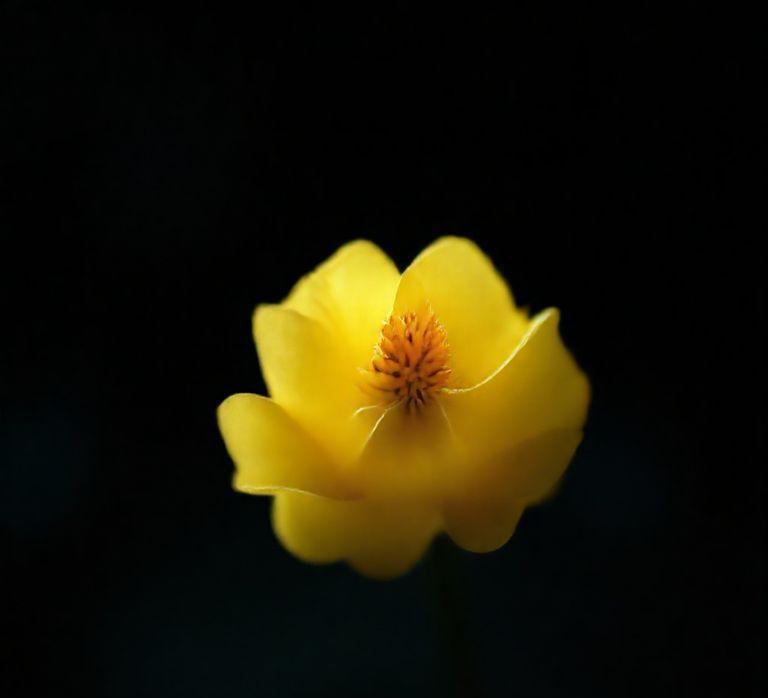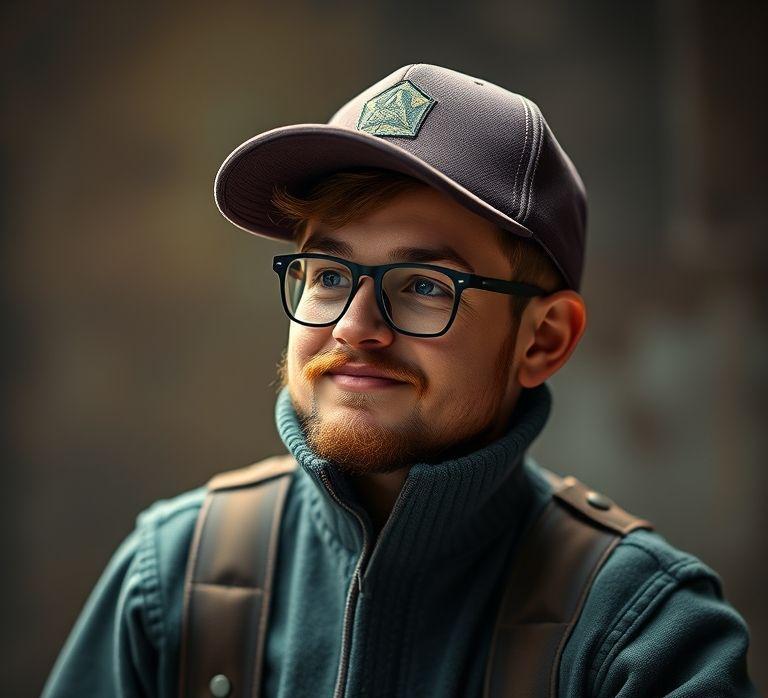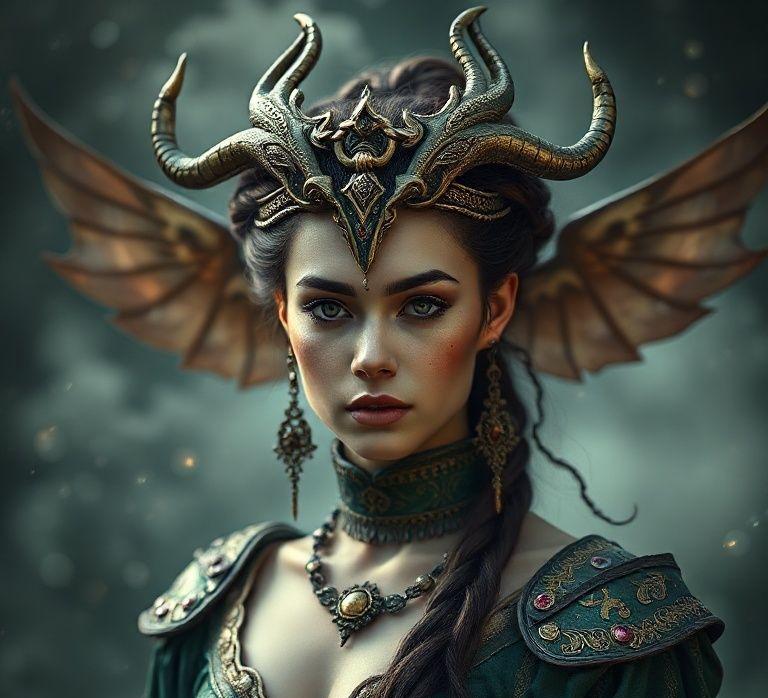
NFTs have revolutionized the art world, offering creators new avenues for monetization. But with a crowded marketplace, standing out requires more than just artistic talent. This article dives into the crucial design elements that can transform your NFT cards from overlooked pieces into sought-after digital assets. We’ll explore key strategies to empower you, the creator, to design NFTs that captivate collectors and drive sales.
Visually Compelling Aesthetics: Capture Attention Immediately
In the fast-paced world of NFT marketplaces, first impressions are everything. Your NFT card’s visual appeal is the primary driver of interest. Start by ensuring your core artwork is high-resolution and meticulously crafted. Poorly rendered or pixelated images will instantly deter potential buyers. Experiment with different artistic styles to find what resonates with your target audience. Are you aiming for a minimalist, futuristic, or photorealistic look? Understanding the aesthetic preferences of your niche is paramount.
Beyond the central artwork, consider the surrounding design elements. Use a limited color palette to create a cohesive and professional look. A cluttered design with too many colors can be distracting and cheapen the overall feel. Typography plays a crucial role as well. Choose fonts that complement your artwork and are easily readable, even at smaller sizes. Think about the overall layout and how the elements work together to create a balanced and visually pleasing composition. Don’t be afraid to iterate and experiment with different design concepts until you find the perfect visual representation for your NFT.
Metadata and Rarity: Fueling Collectibility and Value
While the visual design draws people in, the metadata associated with your NFT is what truly drives collectibility and perceived value. Rarity is a key factor in the NFT space. Design variations with different attributes (e.g., background colors, character accessories, special effects) and assign rarity levels to each. Clearly define these rarities in your metadata, making it easily accessible to collectors.
Consider creating a rarity tier system (e.g., Common, Uncommon, Rare, Epic, Legendary). More unique and rarer attributes should naturally command a higher price. Be transparent about the distribution of these rarities to build trust with your audience. Tools are available that can help you calculate and display the rarity score for each NFT. Furthermore, craft compelling descriptions for each NFT, highlighting its unique features, backstory, and the inspiration behind it. This adds a layer of depth and connection that goes beyond the visual.
Platform Optimization and Presentation: Showcase Your NFTs Effectively
The platform you choose to list your NFT can significantly impact its visibility and sales potential. Different marketplaces have varying requirements and user interfaces. Optimize your NFT card’s size and format according to the platform’s specifications. Using incorrect dimensions can lead to distorted or cropped images, which is highly unprofessional.
Craft a compelling title and description for your NFT listing. Highlight the key features, rarity, and story behind the artwork. Use relevant keywords to improve searchability. Many platforms also allow you to customize the background and layout of your NFT’s display page. Take advantage of these features to create a visually appealing and informative presentation. Consider using high-quality mockups to showcase your NFT in a realistic context (e.g., displayed on a virtual gallery wall or held in a digital hand). This can help potential buyers visualize the value and desirability of your digital asset.
Community Engagement and Storytelling: Building a Loyal Following
Creating a strong community around your art is crucial for long-term success in the NFT space. Share your design process, inspirations, and the story behind your NFT cards on social media. Engage with your audience by responding to comments, answering questions, and running contests or giveaways.
Consider creating a Discord server or Telegram group where your fans can connect with each other and with you directly. This fosters a sense of community and allows you to gather feedback on your designs. Collaborating with other artists or influencers can also help expand your reach and attract new collectors. Building a strong brand identity is essential. Develop a consistent visual style and tone of voice across all your communication channels. This will help you establish a recognizable brand and build trust with your audience.
Designing successful NFT cards is a multifaceted endeavor, encompassing artistic vision, strategic planning, and community engagement. By prioritizing visually compelling aesthetics, meticulously managing metadata and rarity, optimizing platform presentation, and actively building a loyal community, you can empower yourself to create NFTs that not only capture attention but also command value and foster long-term engagement. Remember to stay adaptable, continuously learn from the evolving NFT landscape, and always prioritize the unique story and value you bring to the digital art world.




No Comments